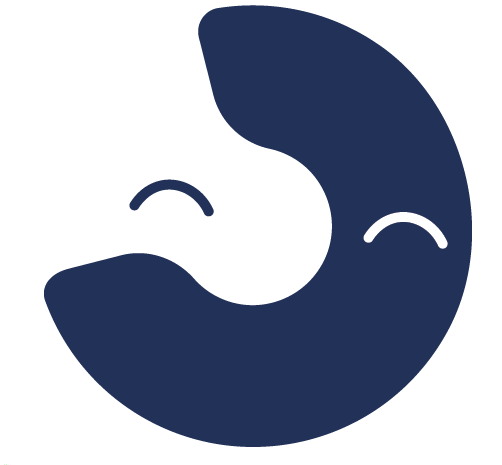Goal of Project:
While working alongside Fisher-Price, I had the opportunity to design a toy for children that was fun and exciting as well as learn about childhood development and the toy designing field. The primary purpose of this project is to use ergonomic analysis to inform product architecture, and by extension influence the function and aesthetics of a product.
Research:
Fisher-Price was started up 92 years ago by three partners: Irving L.Price, Helen M. Schelle and Herman G.Fisher in East Aurora, New York. The standards of Fisher-Price still hold the same value as when first beginning; intrinsic play value, ingenuity, strong construction, good value and action. These areas of interest laid out the path for a company that creates toys that appeal to a child’s imagination and encouraged interactive play.
Chosen Age Range:
After starting off with a 3-5 years age range I agreed with Fisher-Price that I could lower this group and get more ball play and better my concepts this way. In the end I decided on ages 12-18 months which fits perfectly with my chosen design. Balls larger than 1.75” in diameter are safe for children due to many tests recording this data.
Design Brief:
Provide an opportunity for growth in development such as Physical, social and emotional or cognitive skills.
Design for the child and the parent, making everyone’s life easier
Keep everything colorful to gain attention and keep kids coming back
Create a simple but powerful tool for a child, enough to not overstimulate but keep their attention
Add fun and organic shapes!
Stick to the Fisher-Price brand and theme throughout
Concepts:
Refinement:
This is one of my first refined concepts which later grew much more in regards to design
thinking through different concepts including accessories
First outline of final design
Optimal view
Exploded view
Functional view






